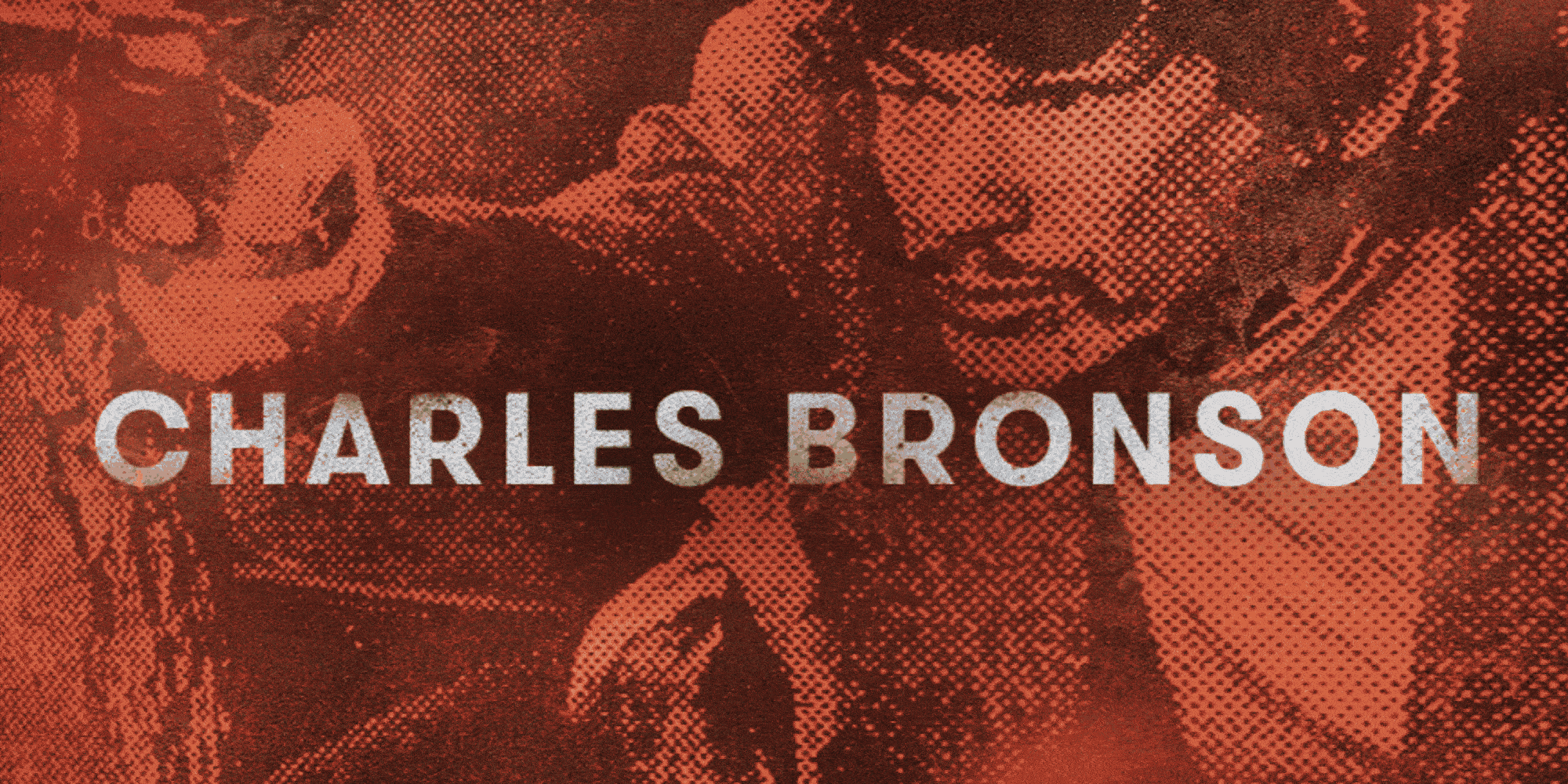
NO DELUSIONS: A CHICAGO HARDCORE DOCUMENTARY
No Delusions, a documentary by Steve Cergizan, offers a comprehensive look at the Chicago punk and hardcore scene from the early 1980s through the early 2000s. Set against the backdrop of one of America’s most authentic and raw subcultures, the film captures how Chicago’s artists and communities helped shape what the subculture meant—on their own terms—and left a lasting imprint on the genre.
As someone who spent their formative years in the thick of it—sweaty basements, smoke-filled clubs, and walls layered with hand-made flyers—the inspiration for the visual identity came naturally. The aesthetic direction pulled directly from the chaotic, gritty energy of those plastered walls, where this aesthetic lived and breathed. That raw, analog visual language became the backbone for the DVD cover and supporting materials, grounding the design in the visceral authenticity of the scene it honors.
As someone who spent their formative years in the thick of it—sweaty basements, smoke-filled clubs, and walls layered with hand-made flyers—the inspiration for the visual identity came naturally. The aesthetic direction pulled directly from the chaotic, gritty energy of those plastered walls, where this aesthetic lived and breathed. That raw, analog visual language became the backbone for the DVD cover and supporting materials, grounding the design in the visceral authenticity of the scene it honors.
Creative Scope: Identity, Packaging, Digital Assets
Year: 2016
Year: 2016


Cover Art
Inspired by vintage punk compilation covers, the DVD design channels the grit, energy, and restless movement of the its time. Rooted in a raw DIY aesthetic, the artwork weaves in subtle references to both the hardcore scene and the city of Chicago that gave it life—creating a visual tribute that feels as authentic and unpolished as the culture it represents.



No Delusions Zine
Included with the DVD was a complimentary zine—an essential medium within punk and hardcore subculture, long used as a vehicle for communication, storytelling, and self-expression. The zine featured interviews with key figures from the era, offering deeper insight into the scene's evolution and ethos. It also served as a visual archive, showcasing found photography submitted for the documentary that didn’t make the final cut. Together, the zine and film formed a layered, analog tribute to the people, places, and raw spirit that defined the Chicago hardcore movement.

